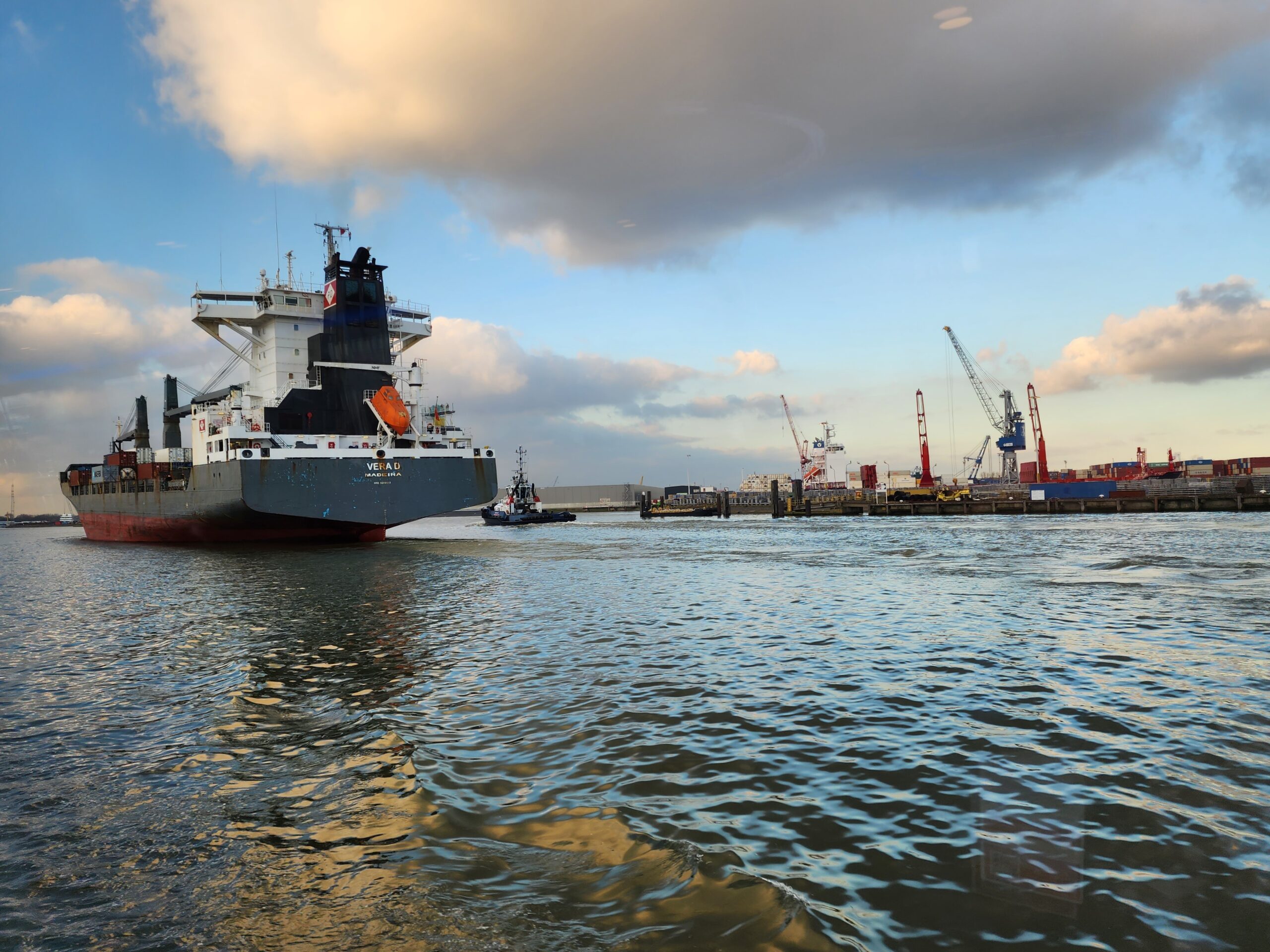Business Tech
What SA must learn from Port of Rotterdam
Durban’s port may soon get a revamp, but it needs to learn from the best in the world, writes ARTHUR GOLDSTUCK.
During President Cyril Ramaphosa’s State of the Nation address on Thursday night, he assured the nation that Transnet was “currently focused on improving operational efficiencies” at the country’s ports, “through procuring additional equipment and implementing new systems to reduce congestion”.
“Currently” meant that it would ask for proposals from private partners for the Durban and Ngqura Container Terminals within the next few months. It can choose to award tenders to the usual coterie of favoured friends, or to the lowest-cost bidder, or – and this would be revolutionary – the best fit for the job, using best practise and best learnings from global case studies.
It is clear that only the latter option would deliver a solution that truly works. The good news is, great case studies are available.
Coincidentally, this week the Port of Rotterdam, the Europe’s largest port and the world’s largest container port outside East Asia, provided media with an unprecedented insight into its technology operations. The tour was hosted by global network infrastructure company Cisco, which has helped transform the Port of Rotterdam into one of the most advanced and innovative in the world.
The Port is providing a template not only for implementation of current technology, but also for preparing ports for the future.
Internet of Things sensors are located throughout the 105 square kilometres of the port, and a cloud platform collects and process the massive amounts of data generated. It integrates this data with information on around 80 ships entering daily, and real-time information about infrastructure, water and air. The ultimate aim is to create a “digital twin”, a digital representation of the physical port.
The business and operational ecosystem that has developed around the port draws on the services of a non-profit body called Portbase, which connects the port community, across people, companies, systems and supply chains. It ensures the secure exchange of logistics data, improves processes ,and aims to stimulate efficiency, advancement and innovation.
Donald Baan, director of business development, marketing and sales at Portbase, told Business Times during the Cisco tour that ports like Durban had much to learn from Rotterdam
“They must understand that ports consist of various layers – space, infrastructure, transport, cargo – each with its own challenges, digital maturity and ownership. It is Important to create a clear framework for the current state of affairs in each layer and to define ambition levels together with the involved stakeholders. By unlocking the data potential on each layer, ports can be connected to the international trade lanes far more efficiently, which makes them attractive for business.”
The future is not about peering into crystal balls, he says.
“The future of ports will remain more or less the same as currently: hubs for international trade and business, offering a well-accessible, safe and secure space for production and handling facilities to connect with the world via various modes of transport.”
Rather, the technology revolution is not about what ports do, but about how well they do it.
“The efficiency, reliability and sustainability requirements of cargo, asset or vessel owners will increase. Thus ports need to anticipate this and prepare a space and infrastructure to accommodate them. An important part is that data is needed to optimise space and infrastructure utilisation, and enable transport optimisation.”
At the same time, much of this efficiency improvement is about advanced technology.
“The most exiting innovations in Rotterdam at this moment are the use of drones, smart infrastructure and digital twins, creating plug-and-play access for digital innovations to access data and implement solutions at scale, and quantum technology and security.”
The most visionary project that Cisco is helping to plan is to enable the seamless admission of autonomous, self-piloted ships into the port by 2040. Durban won’t need that tech for a while; merely a port that works.
* Arthur Goldstuck is founder of World Wide Worx and editor-in-chief of Gadget.co.za. Follow him on Twitter on @art2gee

















